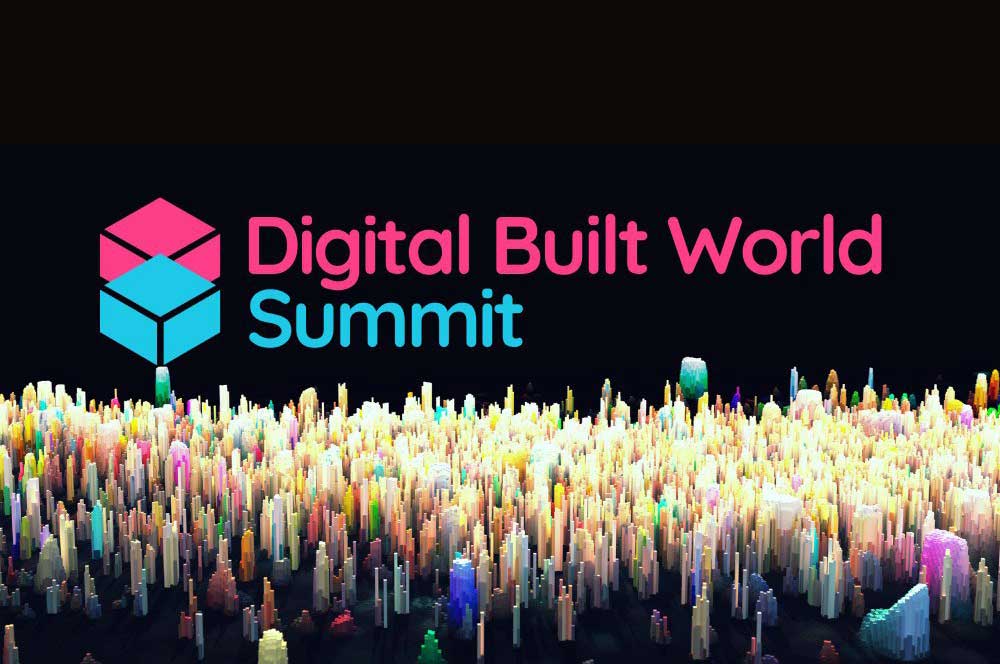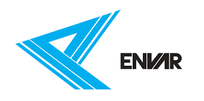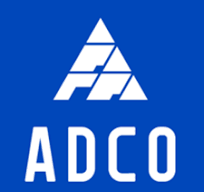
The 4th Annual Digital Built World Summit, held on February 18-19, 2025, at Doltone House Darling Island in Sydney, Australia, brought together over 300 leaders from the architecture, engineering, and construction (AEC) sectors, as well as asset owners and government representatives. This premier event focused on the digital transformation of infrastructure assets and the built environment, emphasizing themes such as digital twins, automation, asset management, engineering, and Infrastructure 4.0.
Event Overview
The summit served as a platform for industry professionals to explore how integrating design models, reality capture imagery, IoT sensor data, and other sources into dynamic 3D immersive infrastructure is revolutionizing project delivery and asset operations. Through a series of presentations, interactive panel sessions, and networking roundtables, attendees delved into opportunities to enhance the design, construction, and operation of built assets using digital technologies.
Key Presentations and Discussions
A highlight of the summit was the participation of Autodesk Tandem, which showcased cutting-edge digital twin solutions. Their experts led key sessions demonstrating how digital twin technology can optimize infrastructure performance and deliver better outcomes for society. Attendees had the opportunity to engage directly with these solutions at Autodesk’s booth, gaining firsthand experience with tools poised to transform asset management.
The agenda featured a diverse range of topics, including the integration of emerging planning and design technologies, high-performance building materials, advanced building systems, and strategies for decarbonization and sustainability. Discussions also covered building information modelling (BIM) and the implementation of digital twins, highlighting their role in creating innovative energy, HVAC, and other building management systems.
Deep Dive into Discussions
One of the most engaging panel discussions focused on the real-world application of digital twins in infrastructure projects. Experts from leading firms shared case studies on how digital twins are being used for predictive maintenance, improved operational efficiency, and real-time decision-making. Panellists emphasized the importance of having a structured data strategy to ensure the longevity and usability of digital twins beyond the construction phase.
Another significant discussion revolved around data interoperability and collaboration. Many attendees voiced concerns about the challenges of integrating data from multiple sources and software platforms. The consensus was that open standards and better industry-wide collaboration are crucial to overcoming these obstacles. Several presenters demonstrated how cloud-based platforms and APIs are making strides in bridging these gaps.
A thought-provoking session on AI and automation in construction explored how machine learning algorithms and robotics are streamlining workflows, improving safety, and reducing project timelines. Industry leaders discussed the potential of AI-driven project planning tools to minimize risks and optimize scheduling, with case studies showing a 20-30% improvement in efficiency on major infrastructure projects.
Sustainability was another hot topic, with a dedicated session on smart and green building technologies. Experts discussed how digital tools can be leveraged to track and optimize energy use, reduce waste, and ensure compliance with evolving environmental regulations. Attendees learned about new advancements in energy modelling software and how digital twins are being used to monitor building performance in real time.
The role of government policies and regulations in driving digital adoption was also a major focus. Representatives from various governmental agencies shared updates on national infrastructure digitization strategies and upcoming mandates for BIM and digital twin usage in public sector projects. This session sparked discussions on how the private sector can better align with these regulations to drive innovation while maintaining compliance.
Networking and Collaboration
Beyond the formal presentations, the summit facilitated extensive networking opportunities. Industry leaders, technology experts, and government officials engaged in discussions aimed at sharing experiences, identifying best practices, and developing expertise in infrastructure digitization. These interactions fostered collaborations that are expected to drive the adoption of digital technologies across the built environment sector.
Post-Event Insights
Following the summit, a comprehensive post-event report was made available, encapsulating feedback and key takeaways from the event. The report provides an in-depth analysis of the discussions and insights shared, serving as a valuable resource for those looking to understand the current state and future trajectory of digital transformation in the built environment.
By bringing together a diverse group of stakeholders, the event fostered meaningful dialogues and collaborations that are set to accelerate the digital transformation of the built environment. As the industry continues to evolve, the insights and connections gained from this summit will undoubtedly contribute to more efficient, sustainable, and innovative practices in managing and developing infrastructure assets.
Draftech – Your Project, Our Expertise
Testimonials
Very professional and efficient organization. Delivered a great product to a tight deadline.
ACE Power
Karl and the team are very professional and have a vast knowledge of BIM coordination.
Dwayne Willaims Babinda Electrics
We had multiple large projects with tight deadlines and needed a company we could trust. The teams delivery, attention to detail and understanding of what is being designed is always executed to a high standard.
Martin O’Donovan Envar Engineers
Draftech offered a flexible and reliable approach to working collaboratively with our team. They met our expectations and quality requirements and also offered up new ideas.
Draftech have proven to be a valuable and trustworthy resource and we will continue to work with Draftech on other projects.
Simon Marsden Umow Lai
Draftech is different from others in the professionalism and features they provide.
The ability to walk through projects in real time online provides invaluable insight into problem areas and helps provide an efficient resolution on the spot without many phone calls, emails and the necessity for us to paw through countless drawings to understand the issues.
Todd Morris Manager - Air mech
Draftech were put forward to FIP Electrical as the solution to Coordinate, Model, carry out clash detection, provide Electrical Services Shop Drawings, as built documentation and completed electrical model.
Simon Thorpe FIP Electrical
In close collaboration Draftech set up all our systems and model deliverables. In this process Draftech have proven to be a valuable resource for us and demonstrated commitment, understanding and professionalism.
David Skelley DJCoalition
Draftech’s attention to detail and proactive nature throughout the project assisted us in identifying issues before becoming evident on site, saving us both time and unexpected costs.
Matt Payne PJM Engineering Services
They delivered very high quality Revit models and associated 2D documentation at key milestones, working to a tight budget and in strict accordance with the Architects’ BIM requirements.
Peter Thomas Geoff Hesford
We found Draftech’s work to be of high standard and the team delivered exactly as agreed, in fact, when we considered the project complete, Draftech put further resources into the project as they were not satisfied.
John Johnson Beca
Engaging Draftech during design gave us the tools to make smart decisions.
Hansen Yuncken Design Manager - Michael Harkins
The drafting service is timely, reliable and fit for purpose for the built environment.
Peter Harvey Harvey Industries
Draftech stands apart from other drafting services that we have previously used in their attention to detail and ability to adapt to the individual client’s requirements.
Doug Holt McCaig Aircon
I can confidently recommend Draftech as a solid and reliable supplier, and experts in their field. I look forward to working with them again in the near future.
Chris Behan Norman Disney & Young
After seeing the benefits Draftech provided us on the Townsville Hospital Redevelopment we have set up a relationship with Draftech and intend to continue to use their BIM knowledge and skills for our future projects.
Brad Lund Energy Power Systems
Draftech has no competition as they are in a class of their own.
John Boyes Babinda Electrics
Draftech Developments Drafting and Design Capabilities, in conjunction with their outstanding level of Client service and support has provided great solutions to our engineering and Drafting Design portions within our Gorgon Barrow Island Project.
Aaron Hazelton Applied Electro Systems Pty Ltd
Draftech set up necessary systems and workflows very quickly, but also setup auditable estimating and weekly cost tracking processes that we utilised, requiring little maintenance.
TOM PURDON MPM GROUP




























